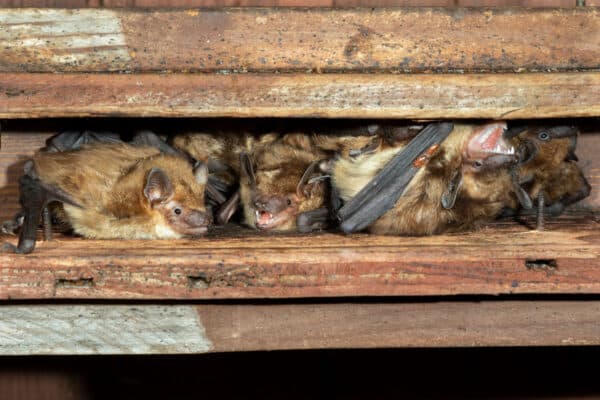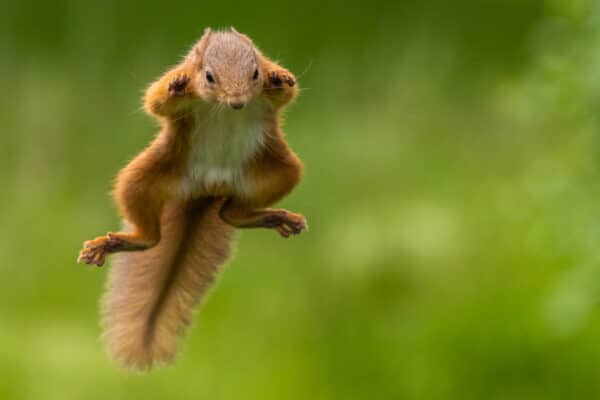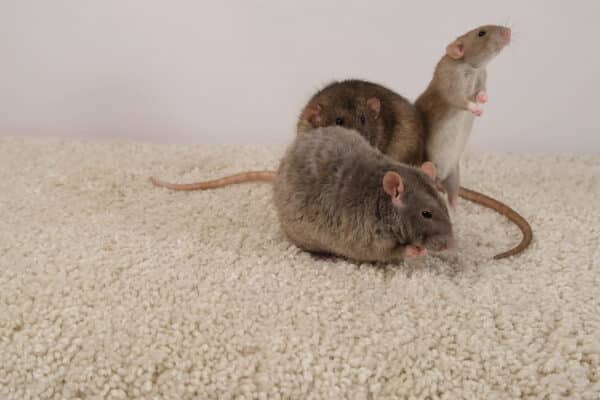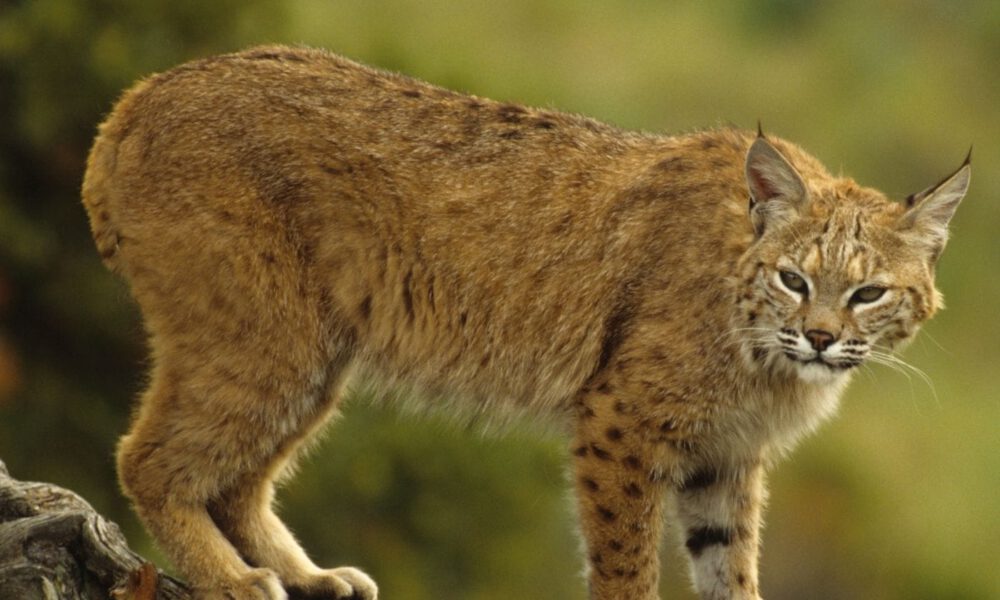
Lurking in the forests and swamps of Alabama is a reclusive and remarkable predator- the Bobcat. Bobcats are the most abundant wildcats residing in the United States, although their range extends from southern Canada into Mexico.
These powerful and skilled creatures have been around for over 1 million years and are incredibly adaptive. For this reason, the expansion of human developments is no match for Bobcats in Alabama. Their populations remain intact as the cat has learned to live by our side and hardly ever be noticed.
It may be uncommon to spot wild Bobcats in Alabama, but it is certainly not impossible.
However, you can sleep soundly knowing that attacks on humans are scarce due to their shy behavior and intentional efforts to avoid human interaction.
Even so, it is vital to identify Bobcats correctly and be familiar with their behaviors. In most cases, the cat will leave you alone. But if threatened or ill, Bobcats can become quite dangerous.
There’s no need to worry, though, because the experts at Covenant Wildlife Removal are here to help. In this article, you will learn all about the Bobcats in Alabama and how to ensure the safety of you and your family.
Read on to discover what’s in store.
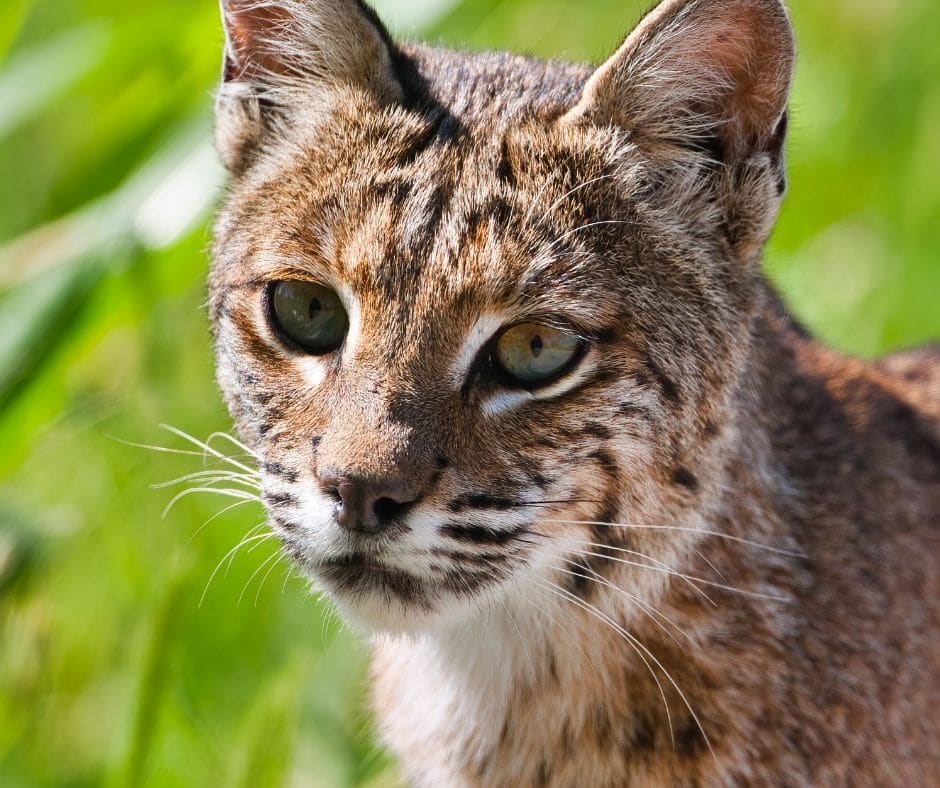
What are Bobcats?
Bobcats are a species of wildcat that is just slightly larger than the domesticated house cat. But don’t let their familiar size and appearance fool you. For, Bobcats are still wild animals that deserve our respect. They should never be approached if seen in their natural habitat.
To become more familiar with the identification and behaviors of Bobcats in Alabama, read through the following paragraphs describing the Bobcat’s appearance, habitat, and behaviors.
Appearance
Bobcats are considered medium-sized wildcats. However, the individuals that make up their northern populations are larger than those dwelling in southern territories, including Alabama.
These wildcats can be identified by their tan or brown coats, often with red undertones. But what really sets them apart are their markings and specific colorations. For example, the Bobcat is covered in black or dark brown stripes and spots. And its relatively short tail has a black tip with a white underside.
The Bobcat’s ears sit on top of their head and are tufted with black fur. Along either side of their round face are ruffs of fur that people will commonly relate to a set of oversized sideburns.
Habitat and Behaviors
The Bobcat is an adaptive and widespread species that resides in several unique habitats. The following are just a few examples of where you might find Bobcats in Alabama:
- Forested areas
- Swamps and surrounding brush or woodland
- Locations with rocky terrain
Bobcats are reclusive and hardly ever seen by humans. However, due to the continuous expansion of human settlement into their natural habitat, Bobcats in Alabama can seldom be found in agricultural fields and urban and suburban areas.
The Bobcat is a carnivorous and skilled predator. Its diet mainly consists of small animals, like rabbits, rats, mice, and squirrels. But they also hunt down snakes and lizards. And on rare occasions, Bobcats will successfully stalk and kill larger mammals, like deer.
Additionally, they are solitary wildcats and live most of their lives alone. The winter mating season will bring individual cats together, but not for long. Once a female Bobcat gives birth to her litter of two to six kittens, she will promptly drive the father out of the den. However, he stays in the area for some time.
Other Interesting Facts about Bobcats
Truly, the list of impressive and admirable traits of the Bobcats in Alabama is endless. Check out the following unique Bobcat characteristics:
Skilled Communicators-
Body language, facial expressions, scent markings, and vocalizations are all methods of communication among the Bobcat species.
Amazing Eyesight-
Bobcats have excellent eyesight due to their large eyes and elliptical pupils.
Stealthy Predators-
Reducing their noise while walking on the forest floor and stalking their prey for hours make the Bobcat a patient and sneaky hunter.
Athletic Animals-
The Bobcat’s most notable athletic traits are its incredible climbing skills and ability to run up to 30 miles per hour.
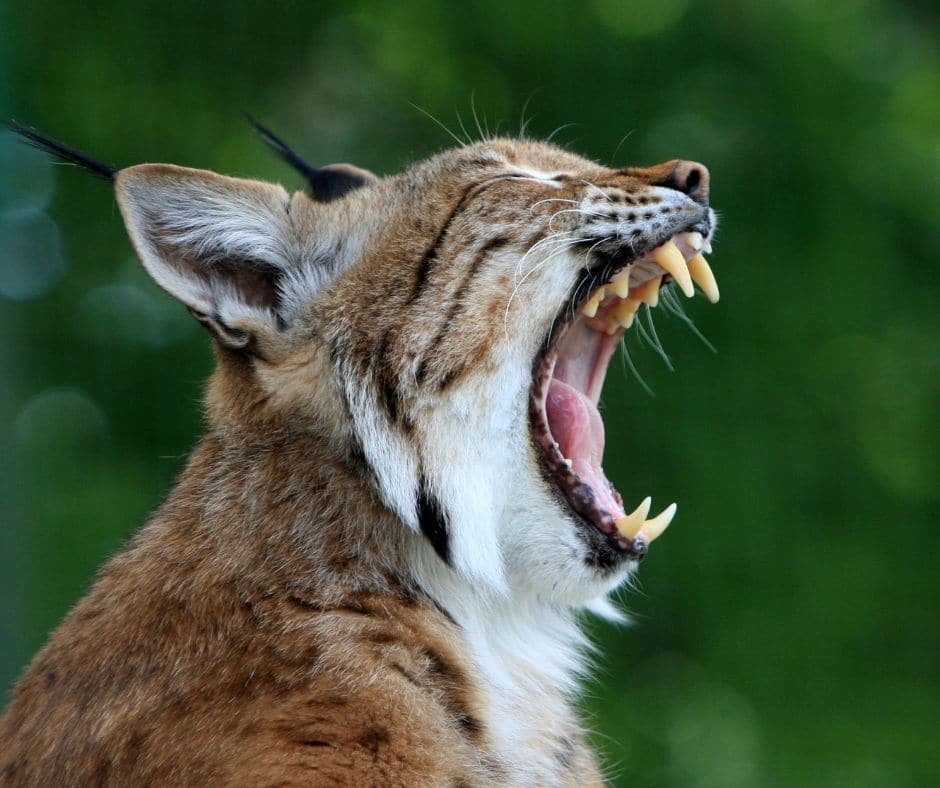
Where Can I See Bobcats in Alabama?
Bobcats in Alabama are quite abundant, but because they are shy and mainly active at night, human encounters are uncommon.
But even though sightings are rare, it is not impossible to cross paths with a Bobcat. If you are lucky, you’ll spot them along a hiking trail or roaming agricultural fields at night. Bobcats are primarily found in areas where their food source is present. So, if you know of trails and forested regions rich with rabbits and other small animals, there is a chance Bobcats are there, too.
In most cases, the Bobcat will avoid human interaction at all costs. This is especially evident in areas where the Bobcat’s territory is near human settlements. The individuals in these locations are almost exclusively active at night, averting contact with people.
Are Bobcats in Alabama Dangerous?
Like with any wild animal, Bobcats should be appreciated from a distance. They are not considered to be a traditional threat to humans. However, they can become aggressive if provoked or approached with their young nearby. Additionally, a Bobcat can contract rabies. The cat is more likely to show aggression and potentially attack humans in this case.
Luckily, these wildcats keep their distance from people. But they can feel welcomed and lose their natural fear of humans if fed. When a Bobcat becomes comfortable in the presence of humans, they are likely to cause further problems, leading to euthanasia. So, to protect our native population, never leave food out for the Bobcats in Alabama.
Bobcats and Domesticated Animals
Unfortunately, if the Bobcat’s natural food source is limited, they have been known to prey on outdoor pets and livestock. Yet, the chance of this happening is rare. In most cases, coyotes and other wild dogs are responsible for attacks on domesticated animals.
How to Safely Admire Bobcats in Alabama
These wildcats are stunning and unique. But despite their impressive qualities and lovable characteristics, humans living in close proximity to Bobcats in Alabama should take the correct precautions to ensure their safety.
If you are aware of Bobcats in your area, there are a few safety measures you can take to be sure you, your family, and your precious pets are protected:
- Never leave food outside, such as dog kibble or animal feed.
- Consider hanging wind chimes or bells around your property. Loud noises will help keep the Bobcats from being drawn to your house.
- Keep a close eye on outdoor pets, like cats and dogs.
- Install durable and tall fencing around your property, especially if you have free-roaming pets and other animals.
- You can check for Bobcat tracks by looking for their footprints in snow or soil. Their tracks are about two inches wide and can be further identified by the absence of nail marks, an M-shaped heel pad, and four toes.
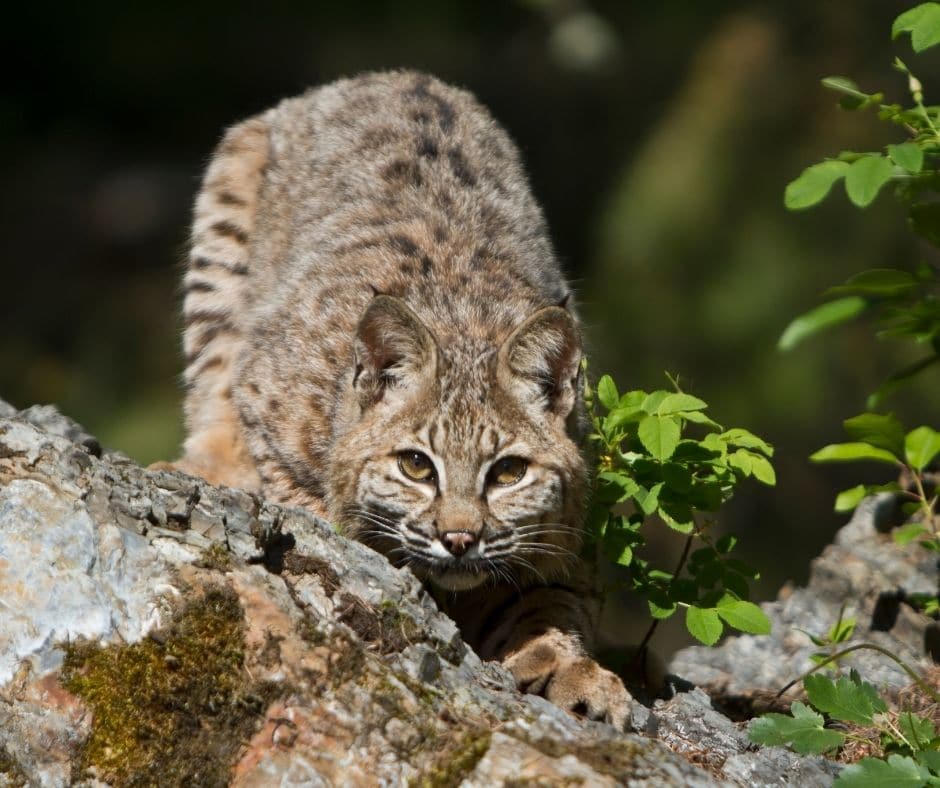
What should you do if you cross paths with a Bobcat?
As long as you admire these creatures from afar, you won’t run into any dangers. However, as mentioned before, if the Bobcat happens to be ill or accompanied by their kittens, they can become aggressive and try to attack.
If by rare chance, you encounter an ill or aggressive Bobcat, follow these steps to handle the situation and avoid an attack, safely and effectively:
1 | Stay calm and keep as much distance between you and the Bobcat as possible.
2 | Slowly back away and avoid running or making sudden movements.
3 | Make loud noises by shouting or banging pots and pans.
4 | Once it is safe to do so, call your local wildlife removal company.
Covenant Wildlife and Bobcats in Alabama
If you have spotted a Bobcat on your property or have noticed Bobcat activity, reach out to Covenant Wildlife Removal as soon as possible.
The expertly trained technicians at Covenant know the laws and rules surrounding animal removal and will treat them humanely and safely.
You can count on the Covenant team to assess the situation, remove any food source, clean up the area, and prevent Bobcats from returning. Covenant Wildlife Removal is a top-rated local family-owned, full-service wildlife trapping, removal, and repair service.
Contact Covenant Wildlife for all your wildlife removal needs today.

